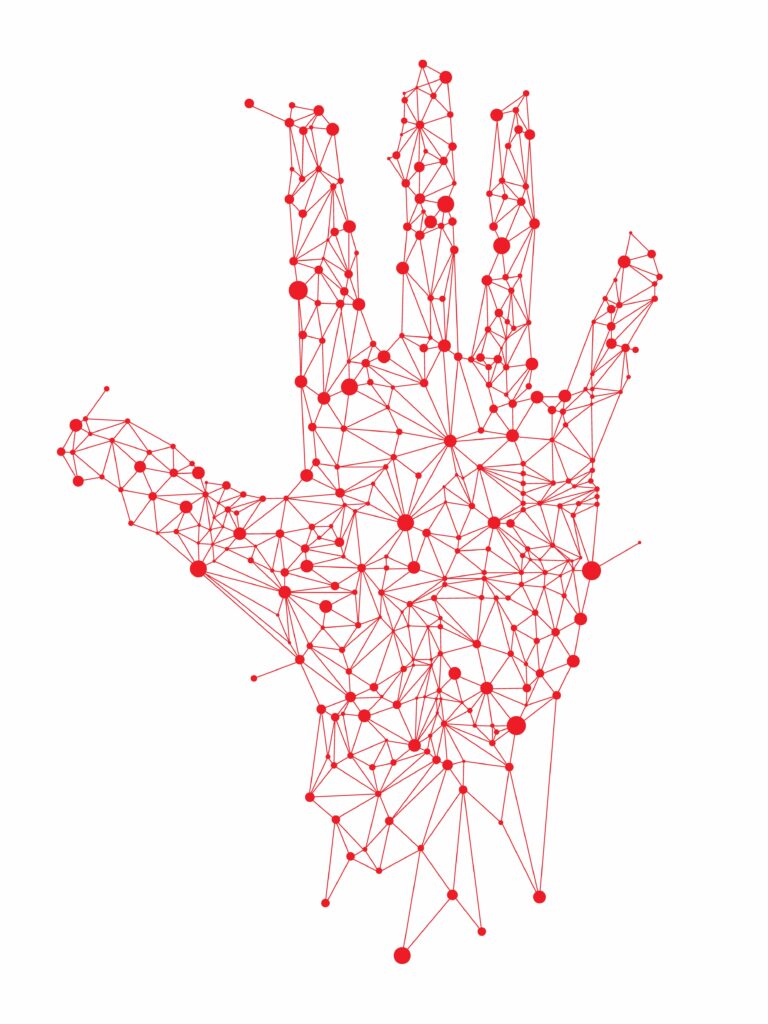Presentation and Participation
Facilitating Community
What are Presentation & Participation?
Presentation and participation are part of the Information Fluency triad, which models one way of developing competency in a subject. Participating in your class gives students the opportunity to collaboratively grapple with tough topics and share their understandings. Presenting to and with the class is an opportunity to synthesize, create, and teach their classmates (see learning taxonomies for more on levels of student understanding). While this work is essential to students developing information fluency, they have the further benefit of facilitating community in your class. A strong learning community motivates student effort and engagement.
How Can I Use Presentation and Participation in My Course?
Most of us know what presentation and participation in a college class has looked like for the last ~50 years. Students raise their hands and wait to be called on in class discussions. At the end of the semester, students prepare a slideshow or speech, and stand nervously or obligingly in front of the group to “share’ their work. One problem with these approaches is that they are not community-building — they do not require students to interact with each other very much at all.
There are more possibilities here, especially if you are interested in working with technology. Let students choose how they’ll present their work, and offer some ideas: make a video, create a website, annotate an interactive image. Leaving an assignment open like this may mean you have to think about how you’ll evaluate the work. How do you grade a video when you’ve always assigned an essay? Try going back to the big ideas of your class and the learning outcomes you used to design it. Consider exactly what the presentation is intended to show about a student’s understanding, and use that big-picture perspective to create a rubric or otherwise define what you are evaluating.
Participation in classroom discussions and activities can be challenging for students who have reservations about speaking up — particularly if you’ve got 1-2 dominant personalities in the class. Make participating easier for these students by breaking the class into smaller groups for more intimate conversations. Or rather than write on the board yourself, project a Google doc, share it with the class, and let quieter students add to discussion by adding to the doc rather than speaking up audibly.
Students will become more invested in the class and its community if they are also creators of that space. Allowing them to present, participate, and shape the space helps. How else might students help you build this space?

Technologies
For Presenting:
- Thinglink
- Explain Everything
- Kaltura CaptureSpace for interactive videos
Questions and Considerations
Building community in a face-to-face class may seem challenging. How do I get students to engage with one another? It can feel next-to-impossible in an online course, where many classes don’t even meet regularly. But all the same strategies apply in online as in face-to-face classes when it comes to creating opportunities for presentation, participation, and community in your classes. Create a discussion board on Canvas or Slack to get students talking. Encourage them to use different modes of participation by inviting quick video clips and images into the discussion. Presentations can happen in synchronous meetings or asynchronously with video or other presentation tools, like Explain Everything.
Part of asking students to step up as presenters, participants, and community builders in your class involves the teacher stepping back and ceding more authority to the students. This is unconventional in most classrooms, and may even be surprising to your students. It means taking a risk as a teacher. Thoughtful, intentional design can help reduce that risk. Want help? Get in touch with our design team.
Watch
A Discussion on developing learning activities and interaction.
Research Foundations
Hrastinski, S. (2009). A theory of online learning as online participation. Computers & Education, 52(1), 78-82.
Kear, Karen (2010). Social presence in online learning communities. In: Proceedings of the 7th International Conference on Networked Learning 2010, 3-4 May 2010, Aalborg, Denmark.
Leong, P. (2011). Role of social presence and cognitive absorption in online learning environments. Distance Education, 32(1), 5-28.
Rovai, A. P. (2000). Building and sustaining community in asynchronous learning networks. The Internet and higher education, 3(4), 285-297.
Further Resources:
A discussion on developing learning activities and interaction
